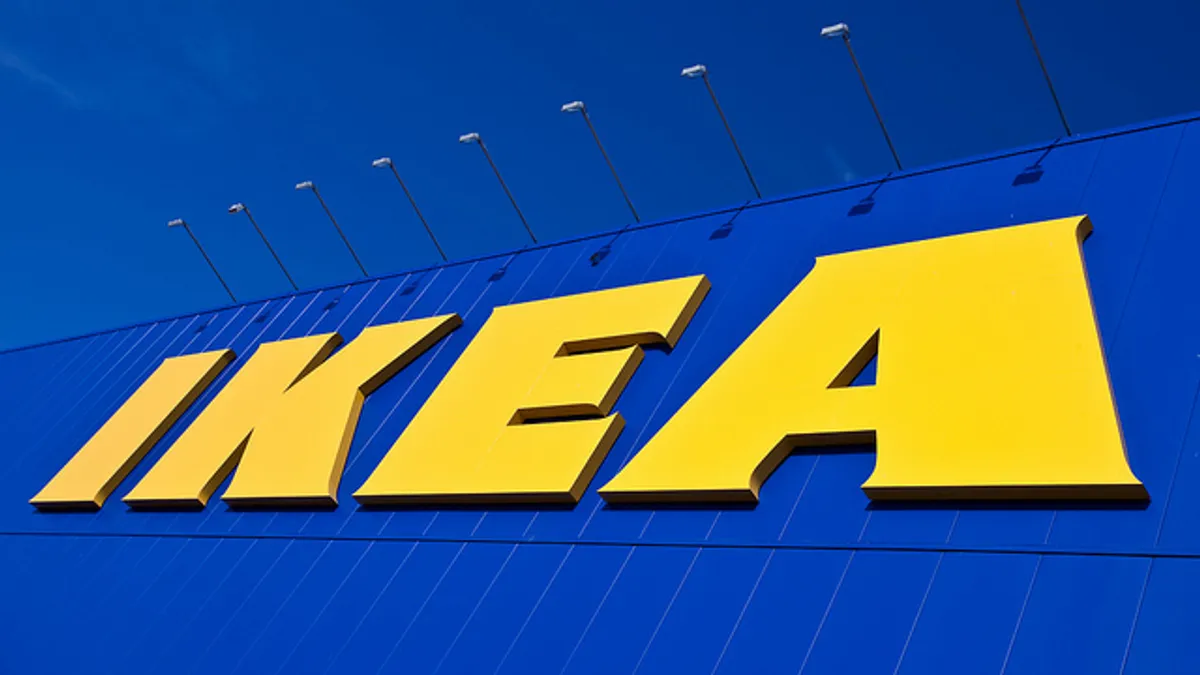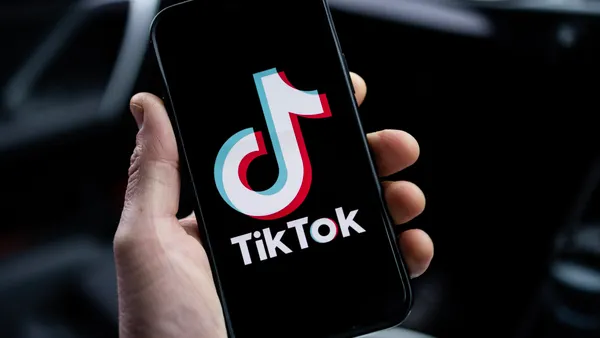Dive Brief:
-
Swedish furniture retailer Ikea has launched a new advertising and social media campaign based on findings about American consumer preferences gleaned from a study of 2,050 Americans of varying ages, socio-economic statuses, races and genders conducted by The Economist’s Intelligence Unit.
-
Ikea's “We Help You Make It” campaign, which includes advertisements on local TV channels, spots on cable outlets like HGTV and the Food Network, print ads and efforts on social media platforms Facebook and Instagram, purports to portray the American dream through images and ads that show “real people in real living situations that anyone could relate to,” Leslie Stone, director of strategic services at Ikea’s agency, Ogilvy & Mather, told The New York Times.
-
“Society itself is quite ripe for this message because it is something people are thinking about,” Christine Whitehawk, Ikea’s external communications manager for the United States, told The New York Times. “It resonates with people when you do speak to their life situation.”
Dive Insight:
Ikea has taken note from consumers that its affordable but well-designed furniture is falling short on quality. Earlier this year, Ikea CEO Peter Agnefjall said “Customers expect us to do more” and acknowledged that “nowadays you can't really make products that are throwaway: When you buy a sofa table, it needs to be built to last.”
But the home furnishings retailer has also done its homework via this Economist research, and sees that the American approach to consumption has evolved to prioritizing experiences and requires some level of deeper meaning — in essence, that buying furniture is above all part of building a home.
At its core, the American dream is about freedom to live “as they choose,” Economist researchers found — less about material acquisitions, and more about experiences, education, sustainability and social equality. More than half (53%) of respondents say staying out of debt is a priority, 28% prioritize going to college (though 55% of parents worry it’s not affordable), and 37% want to develop their tech skills, as 75% of Americans believe "technology has opened new doors for people to achieve their American Dream," according to the report.
Younger people, many of whom came of age during the Great Recession, are less sanguine about many aspects of the American dream: While 63% of people older than 70 years old feel they’ve achieved the American Dream, just 26% of millennials do. In addition, two-thirds of Americans “worry that we are going backwards in our beliefs in equity for all,” and 68% say sustainability will be “crucial for future generations to live the American Dream,” according to Ikea’s report.
But perhaps above all, 70% of Americans “are still hoping for a better future, and most see a mix of advocacy by everyday Americans and hard work as the way to open new doors to a more successful and expansive life,” Ikea found.
Ikea's own future looks bright. While the retailer was slow to warm to e-commerce, a reflection of the particular inefficiencies and high costs of shipping heavy furniture, it's making significant digital inroads: In September, Ikea reported a 30% increase in e-commerce sales during fiscal 2016. Total sales were $37.6 billion (EUR 34.2 billion), and adjusted for currency impacts, total sales rose 7.9%. Same-store sales grew 4.8%.












